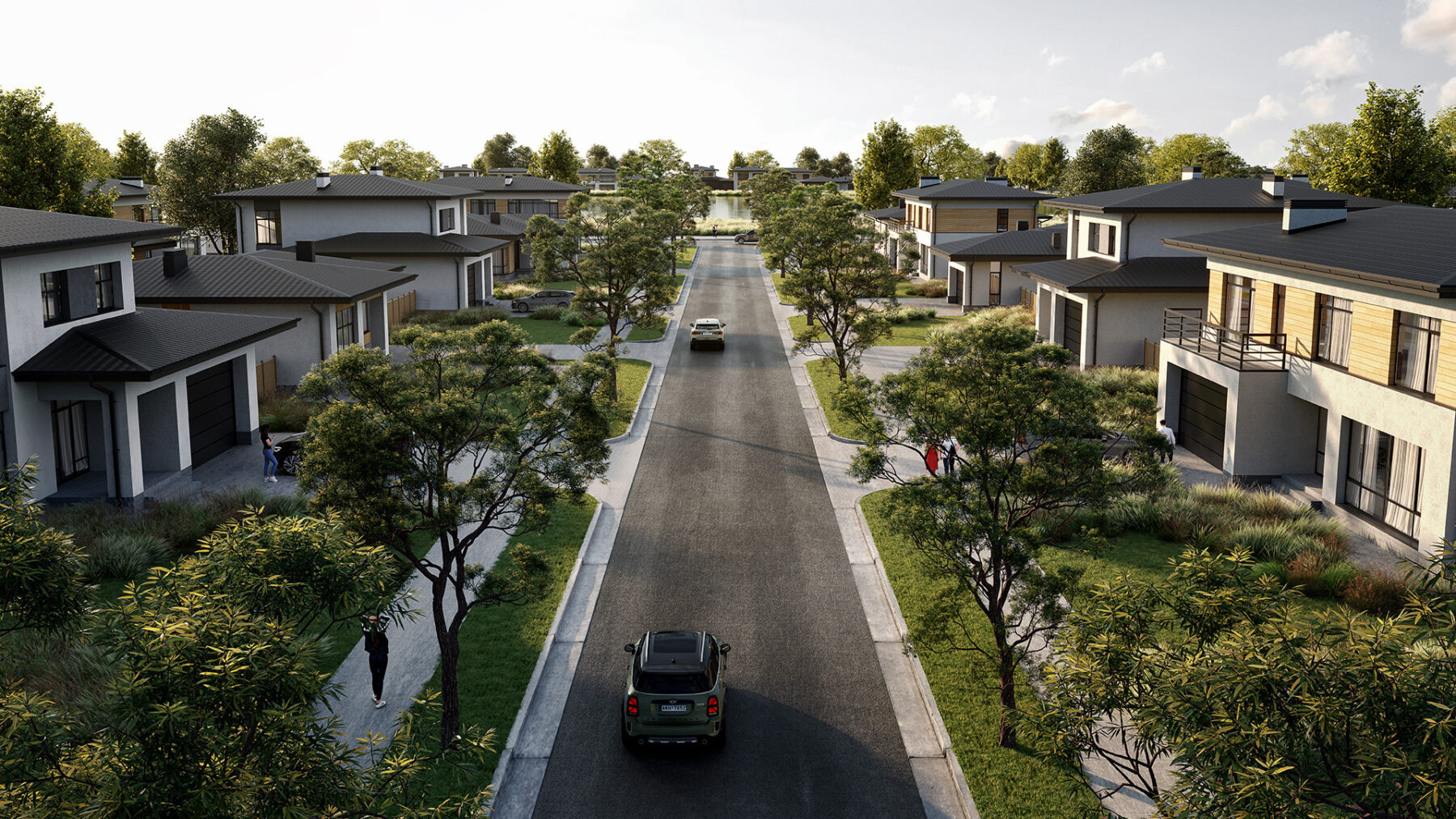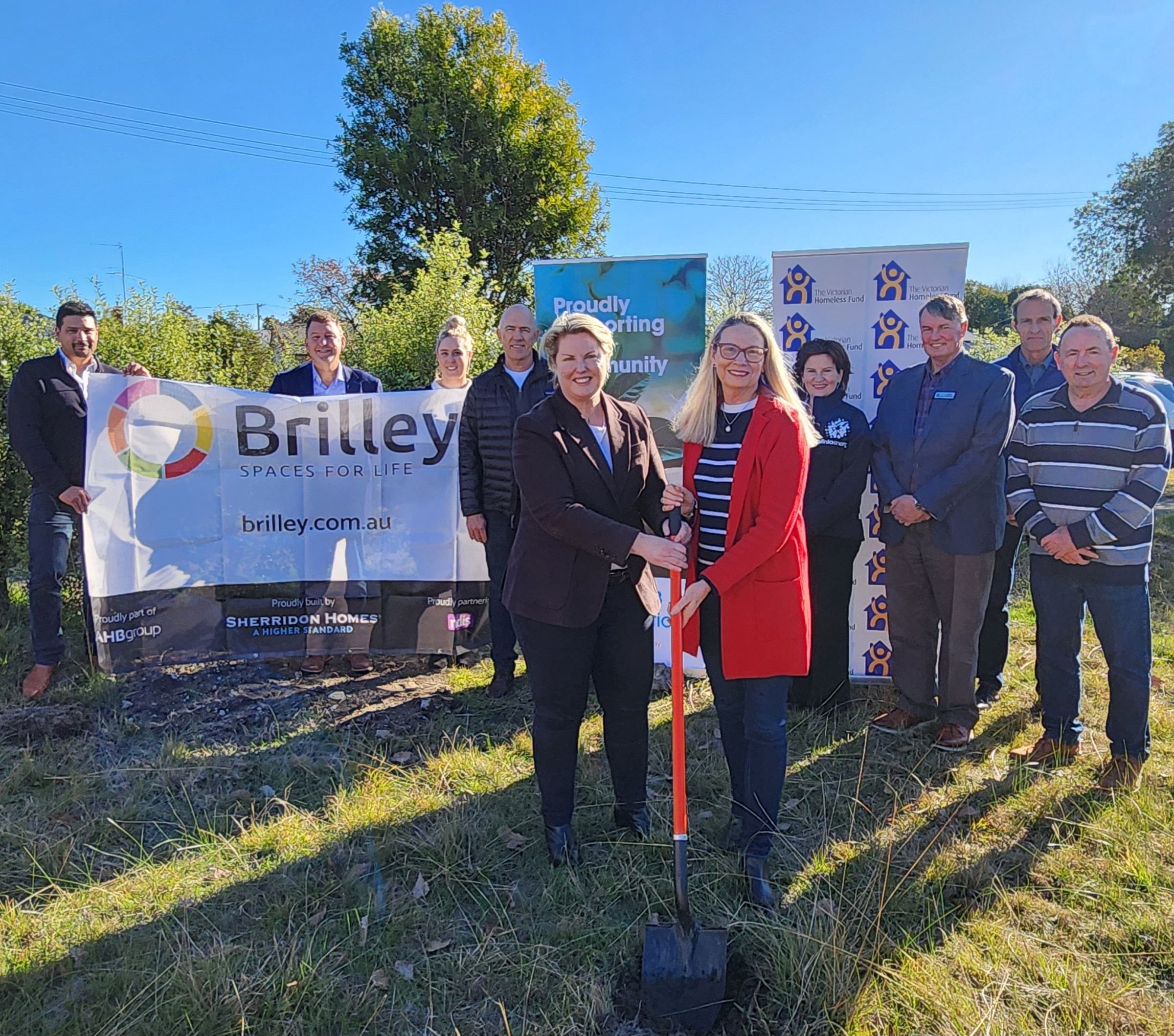Shortage of Resi Rental Stock Provides Huge Opportunities for BTR
15 February 2022New research, from Savills Australia, finds nearly 70% of local government areas – across Australia’s five major capital cities – are in need of rental supply. This is fuelling rental growth, far in excess of historic average rental growth of 3% per annum and when combined with declining supply of new residential, creates perfect conditions for the fast-tracked growth of Australia’s emerging Build to Rent (BTR) sector.
Savills Head of Operational Capital Markets, Conal Newland, says a number of factors have led to the shortage of rental supply including “mum and dad” investors exiting the market to take advantage of aggressive capital growth, the significant decline in demand from offshore investors, and a subsequent fall in construction activity.
The research shows from September, 2021 annual new apartment completions were down 30% compared to September, 2017 with falls expected to continue into 2022 and 2023 (to at least 40% below peak).
“With new rental supply not plugging the current supply gap, there is considerable scope for investors to deliver BTR across all locations and price points,” says Newland.
Net overseas migration is expected to climb 25% above pre-pandemic levels by 2024/25, when combined with falling rental supply, it is clear BTR can play an important part in Australia’s housing delivery.
Over 5,000 BTR apartments are currently under construction, with 2,300 forecast to complete in 2022. Savills analysis, predicts 2024 will see the largest annual delivery of BTR homes (10,500+ apartments) and this will coincide with forecast record highs in immigration, while new completions of residential stock will be at its lowest point since 2014.
Savills Director of Operational Capital Markets, Paul Savitz says despite the Australian BTR market being currently small and fragmented, investors are seeking to scale quickly.
“We look to more established BTR markets such as the UK and US for an indication on how the Australian market will progress, and we expect consolidation in the future, as has happened in BTR markets globally,” says Savitz.
“As BTR continues to mature as an asset class, we expect greater liquidity and economies of scale will put downward pressure on the sector’s risk premium.”



